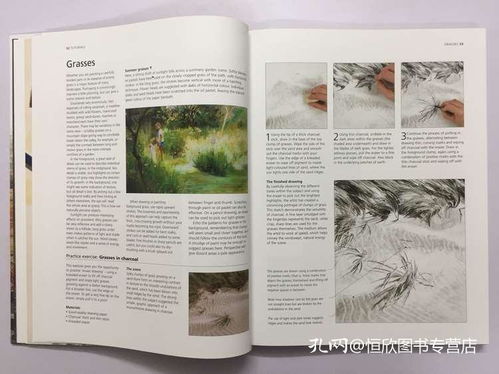Introduction:
Fishing, an ancient pastime that has stood the test of time, offers a unique blend of relaxation, patience, and the thrill of the catch. Whether you are a seasoned angler or a beginner looking to cast your line into the water, mastering the art of fishing requires a blend of knowledge, skill, and a bit of luck. In this article, we will delve into various fishing techniques and methods, ensuring that both novices and seasoned anglers can enhance their fishing experience.
Choosing the Right Equipment:
The foundation of successful fishing lies in selecting the appropriate equipment. Here are some key items to consider:
- Rod and Reel: The rod and reel combination should match the type of fishing you plan to do. For instance, a spinning rod and reel are ideal for freshwater fishing, while a baitcasting setup is better for larger bodies of water.
- Line: The type of line you use depends on the fish you are targeting. Monofilament is versatile and floats, making it suitable for most freshwater species. Braided line, on the other hand, is stronger and less visible in water, making it ideal for heavy-duty fishing.
- Hooks: The size and type of hook should correspond to the size of the bait and the species you are targeting. For example, smaller hooks are used for panfish, while larger hooks are necessary for larger fish like bass or pike.
- Lures and Baits: Artificial lures can mimic the movement of real prey, while live bait can be more effective in certain situations. The choice depends on the fish you are trying to catch and the conditions of the water.
Understanding the Fish:

To catch fish, you need to understand their behavior and preferences. Here are some tips:
- Seasonal Patterns: Fish often migrate or change their feeding patterns with the seasons. Research the species you are targeting and learn about their seasonal habits.
- Water Temperature: Fish are cold-blooded and their metabolism is affected by water temperature. They are most active when the water is between 60-70 degrees Fahrenheit.
- Habitat: Different fish species prefer different types of habitats. For example, bass are often found around structure like rocks, logs, and weeds, while catfish may be found in deeper, slower-moving water.
Casting Techniques:
Proper casting is crucial for successful fishing. Here are some basic techniques:
- Backcast: Hold the rod with both hands, and then swing it back over your head, allowing the line to unroll. Once the line is fully out, stop the rod with your thumb and then bring it forward to make the forward cast.
- Forward Cast: After the backcast, allow the line to unroll and then swing the rod forward, releasing the line at the end of the swing.
- Roll Cast: This technique is useful in windy conditions. Start with the rod tip low, then sweep it back and forth in a rolling motion, allowing the line to unroll and then release it as the rod tip passes over your head.
Baiting and Luring:
Once you have cast your line, the next step is to attract the fish. Here are some methods:
- Natural Baits: Live bait, such as worms, minnows, or leeches, can be very effective. They mimic the natural food source of many fish species.
- Artificial Lures: Lures like spinners, jigs, and crankbaits can be used to mimic the movement of prey. Experiment with different lures and retrieve techniques to see what works best.
- Scented Baits: Many anglers use scented baits to attract fish. These can be in the form of paste, oil, or liquid, and should be applied sparingly to avoid overpowering the fish.
Patience and Observation:
Fishing is a game of patience. Here are some tips to keep you focused and successful:
- Observe the Water: Look for signs of fish activity, such as bubbles, ripples, or jumps. These can indicate where the fish are located.
- Adjust Your Technique: If you are not getting bites, try changing your bait, lure, or retrieve technique. Sometimes, even the smallest adjustments can make a big difference.
- Stay Patient: Fish may take time to bite, so be patient and stay focused. Remember, the best catches often come from waiting for the right moment.
Conclusion:
Fishing is an activity that can be enjoyed by people of all ages and skill levels. By understanding the basics of fishing techniques and methods, you can enhance your chances of success and make the most of your time on the water. Whether you are targeting a specific species or simply enjoying the tranquility of the outdoors, the art of fishing offers endless rewards. Happy fishing!












